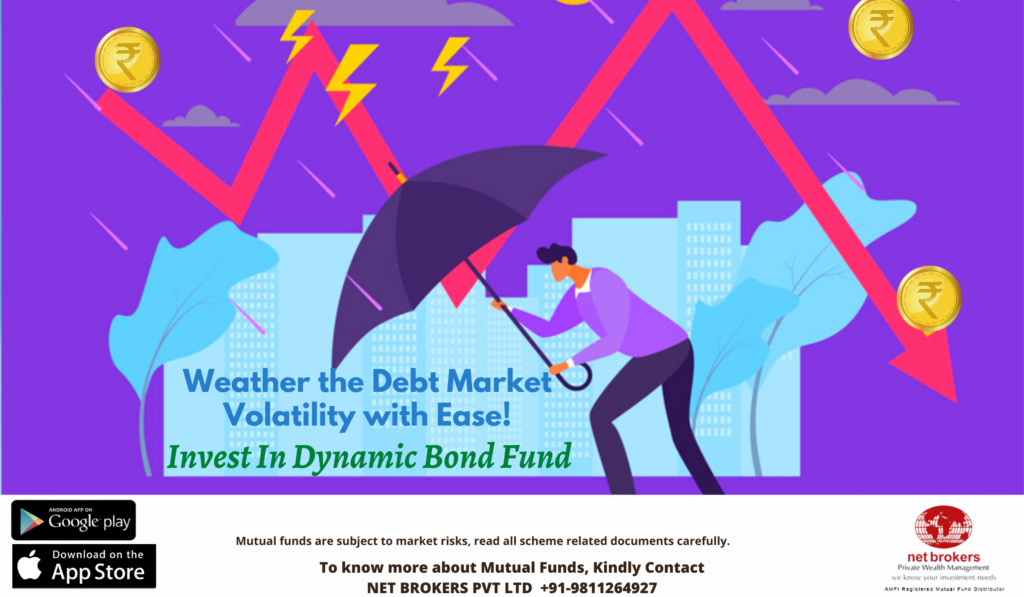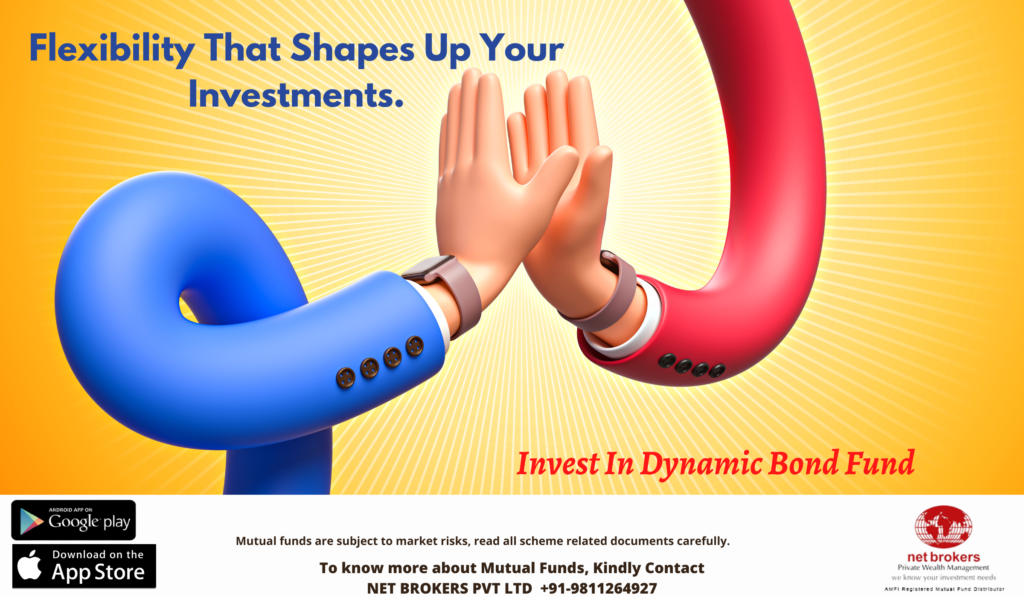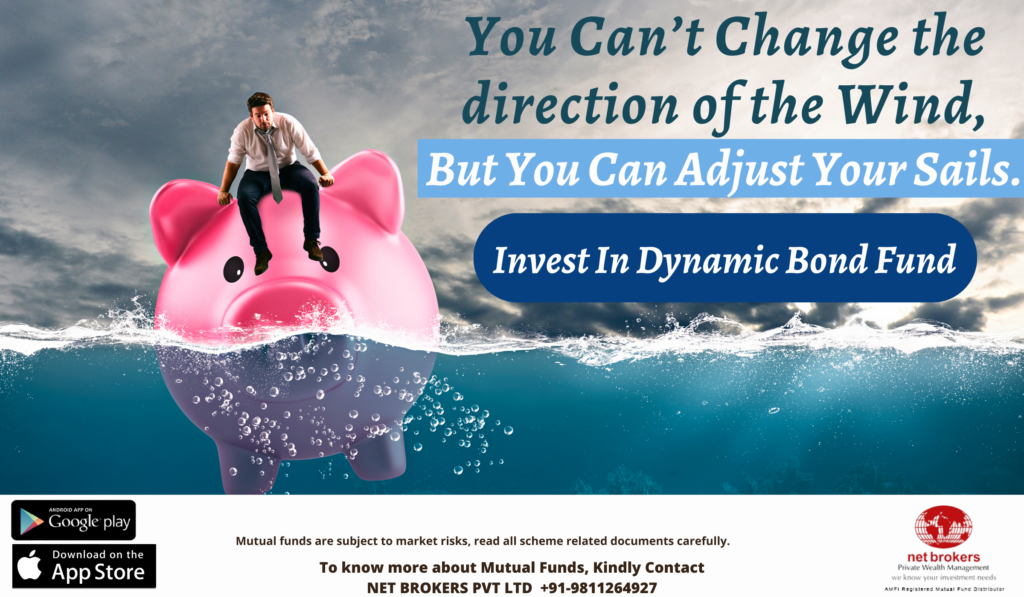Understanding Dynamic Bond Funds
By Akhil Chugh
Date January 15, 2023
The performance of debt funds varies with the changing interest rates. If the interest rates rise, the debt funds experience a drop in returns. Conversely, in a falling interest rate cycle, the debt fund earns good returns. Dynamic bond Funds benefit from both rising and falling interest-rate cycles by altering their portfolio allocations between long-term and short-term bonds. This allows the fund to offer steady returns regardless of the interest rate cycle. Here, we will explore Dynamic Bond Funds and talk about everything that you need to know about them before investing.

What are Dynamic Bond Funds?
Dynamic bond funds are open-ended debt mutual funds that are dynamic in two aspects: composition and duration. They keep altering allocations between short-term and long-term bonds. This strategic alteration allows fund investors to take advantage of the fluctuating interest rates.

Dynamic Bond Funds invest in debt and money market instruments like government securities, and corporate bonds, among others. The main aim of a dynamic fund is to garner optimal returns, regardless of rising or falling market trends. It majorly depends on the fund manager’s decisions and management of the portfolio. The fund manager dynamically alter the allocation to long-term bonds and short-term bonds based on their view on the interest rates to take advantage of the interest rate fluctuations.
Who Should Invest in Dynamic Bond Funds?
Dynamic Bond Funds are moderate to high-risk products suitable for:
- Investors looking for optimal returns across different interest rate scenarios
- Investors with moderate risk appetite
- For investors who can remain invested for at least 3 years
How Dynamic Bond Funds Work?
Dynamic bonds can switch from long-term to mid-term to short-term securities quickly. So, if the interest rates are expected to fall, the fund manager switches to long-term bonds. On the other hand, if he feels that the interest rates have hit the rock bottom, he safeguards his losses from long-term bonds by switching to short-term bonds. This way, it can iron out the ‘rate-waves’ more efficiently. The fund managers invest across durations depending on their interest rate outlook to give optimal returns to investors.
Why Should You Invest in Dynamic Bond Funds?

- Aims to generate optimal returns in different interest rate scenarios
- Potentially less volatile than long-duration funds
- Seeks relatively higher returns over long (at least 3 years) investment tenure
- Provides tax advantage over traditional fixed-income securities for 3+ years of investment horizon
- Long-term capital gains are taxed at 20% after allowing for indexation benefits
Net Brokers Takeaways:
- Dynamic Bond Fund dynamically allocates across debt instruments with an aim to optimize risk-adjusted returns in falling as well as rising interest rate cycles.
- Before investing in Dynamic Bond Funds, check if the funds have proven the ability to perform across multiple market scenarios. Assess the performance of the fund over at least five years.
- Investors must go for a mix of income accrual funds for steady returns and dynamic bond funds as an additional income source.
- Investors should have a minimum investment horizon of three years to benefit from interest rate movements
So, choose the best Dynamic Mutual Funds for your investment portfolio.
Call us to know more. Download our mutual fund app and get started.
Happy investing!



